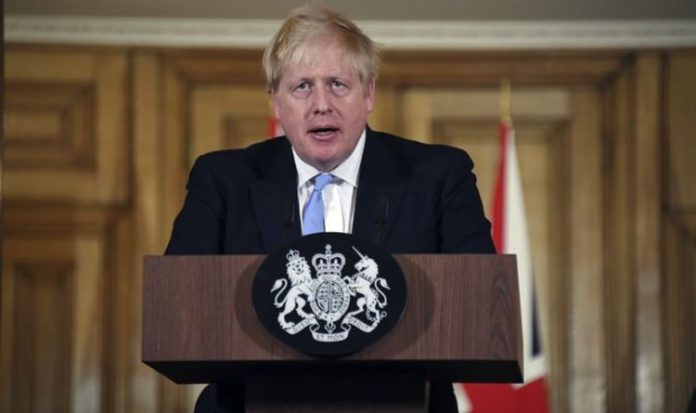Boris Johnson and cabinet ministers have recently set about adding new coronavirus measures to regions across the UK which have seen cases increase locally. The Prime Minister is reacting to a Europe-wide trend which has seen signs of the feared second wave set in before the annual flu season begins. The new measures come on a national level, however, and will give police new powers to enforce them.
How many people can meet in the UK?
Until recently, the Government has slowly guided the British public back into a “new normal” which included access to retail and pubs once more.
Part of this also allowed families and friends to meet in public, with a conditional limit of 30.
But new rules coming into effect this week will narrow the provisions given to England.
READ MORE: New lockdown rules EXPLAINED: A full guide to what you can do
Official figures showed lab-confirmed cases of COVID-19 stood at 2,420 on Monday, following two days near 3,000.
A previously dwindling death toll has now surged to 30, and ministers have quickly jumped to blame younger Brits.
According to Health Secretary Matt Hancock, socially mobile young adults have spearheaded the latest outbreak.
He said they act as vectors to pass the disease on to older relatives, the most at risk of severe complications from the disease.
Speaking to MPs in the House of Commons, Mr Hancock urged people to follow social distancing rules to avoid more hospitalisations and deaths.
He said: “We have seen all across the world how a rise in cases, initially among younger people, then spreads, leading to hospitalisations and fatalities.
“But together we can tackle it, so long as we remember that, in a pandemic, our actions today have consequences tomorrow for the people we love, for our communities, and for our country.
“Each and every citizen has a responsibility to follow social distancing and help to stop a second peak.”







